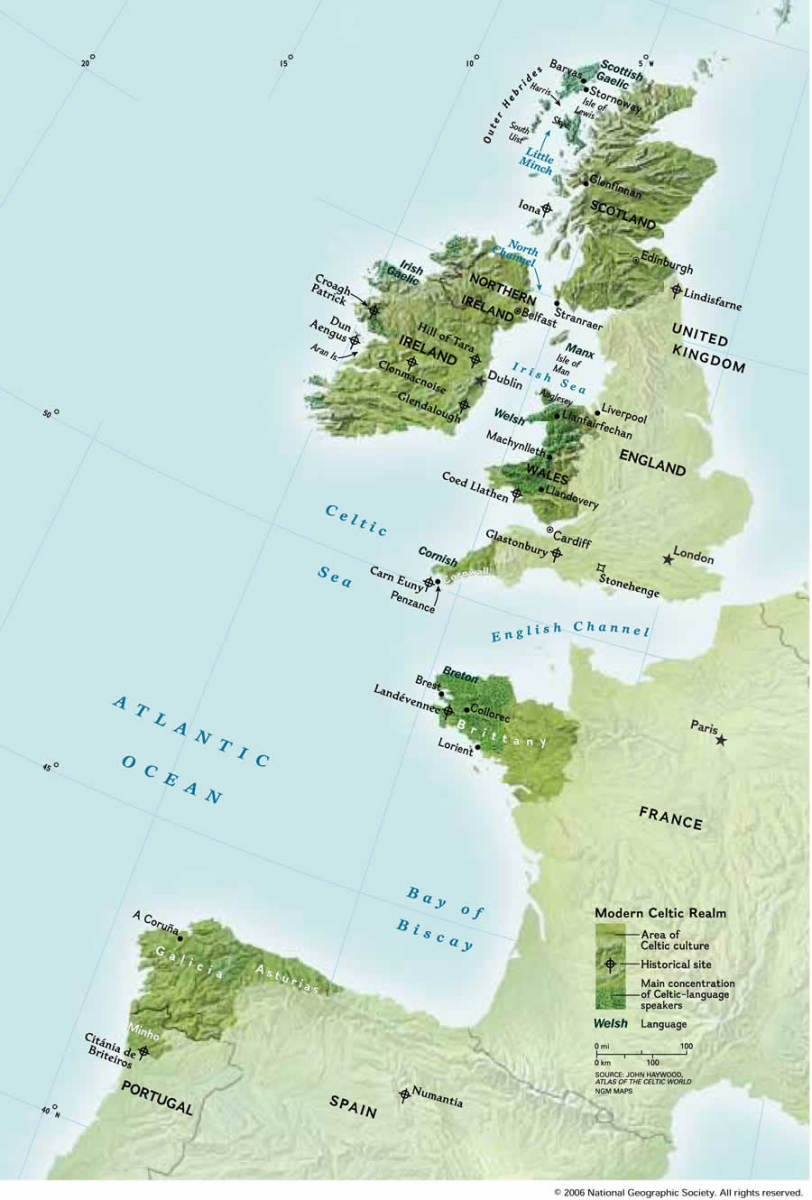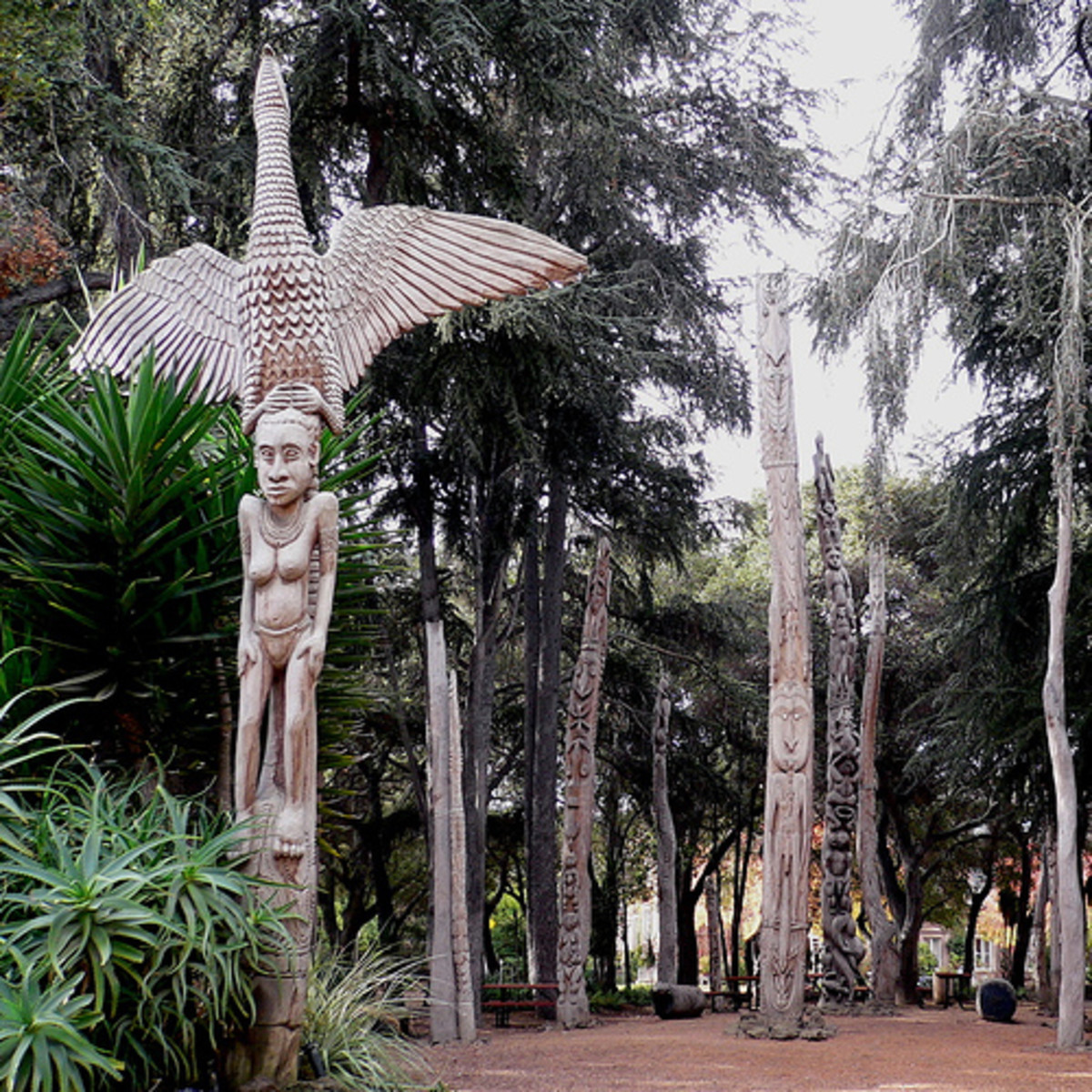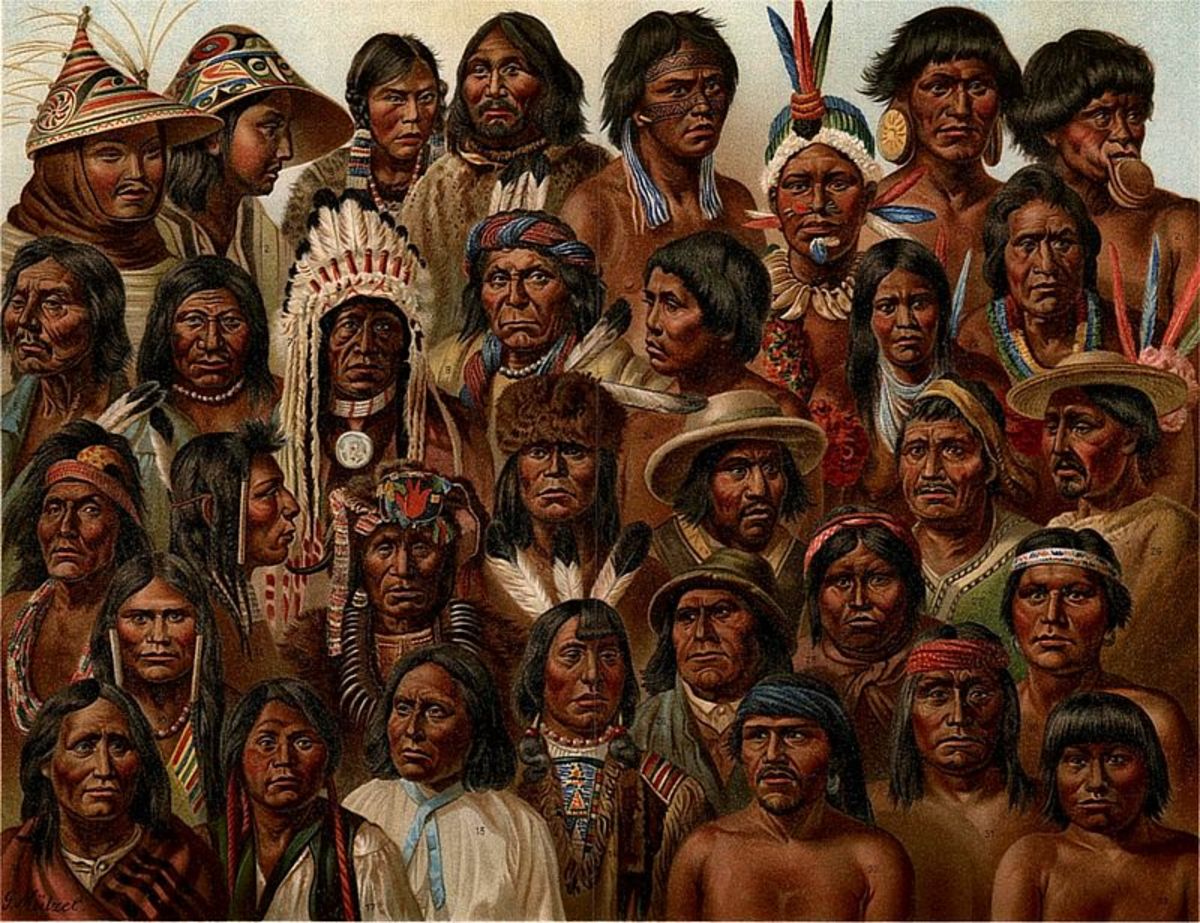- HubPages»
- Education and Science»
- History & Archaeology»
- History of the Americas
Phonological Analysis of the Mixtec Language
Introduction
The Mixtec languages are those that are related with the language of the Mexico’s Otomanguean language family and they also forge a close association with the Cuicatec and Trique languages. These groups of languages are spoken by more than 500000 individuals. The complexity in the relationship among the various Mixtec languages and their number makes it hard to identify its number. However, it is projected that at the current level, there are more than fifty Mixtect languages existing (McKendry, 2001). In this hub, we are going to conduct a phonological analysis of the Mixtec Language with a focus on such linguistic aspects as the language’s phenomes, tone, and its syllable structure.
- The Phonemes
a)Consonants
Generally, consonants of the Mixtec languages are pronounced in a softer touch compared with their English counterparts., Z = zh, X = sh. The speaker has to let some air to escape as you speak them. In other words, air has to be hastily cut off before articulating a given syllable. Additionally, the sound “N”has to be pronounced for every consonant word Ny", (water). Furthermore, the sound which the crossed “I” symbol represents has a close resemblance to the sound of the letter “I” in English words such as “mitt” or “kit”. It need to be taken into consideration that the written Mixtex does not put much emphasis on capitalizing or not capitalizing the commencement of a sentence or the use of exclamation or question marks as a form of punctuation.
b)Vowels
In general, Mixtec has six vowels which differ from one another in nasality. a = ah; e = ay; i = ee; o = oh; u = oo. There is also a nasalization of these vowels following a nasal consonant. For example, na3n4/’dark’ is expressed as na3’a 4’. Content words are chiefly minimally bimoraic, constituting of a monosyllable that contains a long vowel (creaky and modal voice). It can also be a dissyllable with vowels that are more shorter such as taa/ ‘man’ or keta/ entering. Although majority of the words contains this form of structure, maximal words are normally trimoraic in nature such as ki3ja4 which is to begin and kunika/ being iside.
c)Diphthongs
The language has no diphthong in composition and structure
- 2. Allophones
The Mixtec language is mainly featured by nasalization. Some of the sounds such as /w/, and /m/ are categorized as allophones owing to their nasalization. Furthered, nasalization mostly occurs on the right-most morpheme of the word while spreading leftwards until hitting an obstruent consonant (such as /p,t,k/). For instance, the word ‘yati' would be nasalized to /i/ but cannot spread since it is obstructed by an obstruent on the left side. On the other hand, the word “nani'/ long would have a nasalization of /i/ and would spread to the entire word since there is no obstruction to by the obstruent. Each of the 6 vowels harbors some form of nasalized form. If written, the vowel that is to be nasalized has to be marked with a small ‘n’ in the upper right hand corner of the letter. However, nasalized vowels that are adjacent to their nasalized variants become less nasalized.
3.Tone
Mixtec is normally considered a tonal language. This implies that a single word, written or spoken can have a divergence of meanings depending on the stress and tone used by the speaker in its pronunciation. Currently, three basic linguistic tones exist: low, medium and high. For instance, the word yaa, may be used to mean tongue, ashes, or music depending on hot it has been pronounced. On the other hand, the word koo, can either mean mean sitting down or a snake.
Written Tones
high tone
ncháá
mid tone
luu
low tone
chùù
- Syllable structure
The basic presentation of the Mixtec phenomes is featured by internal differences of the language families. Furthermore, the languages status as a vernacular language has been a significant obstacle to establishing its alphabet. However, Academy of the Mixtec Language has adopted an alphabet with the following letters:
a, tʃ, ð, e, f,g,I, ɨ,x,k,l,m,n, nᵈ, ŋ, ɲ, o, p,r,s,t, ts,u, β, ʃ, ʒ, ˀ








